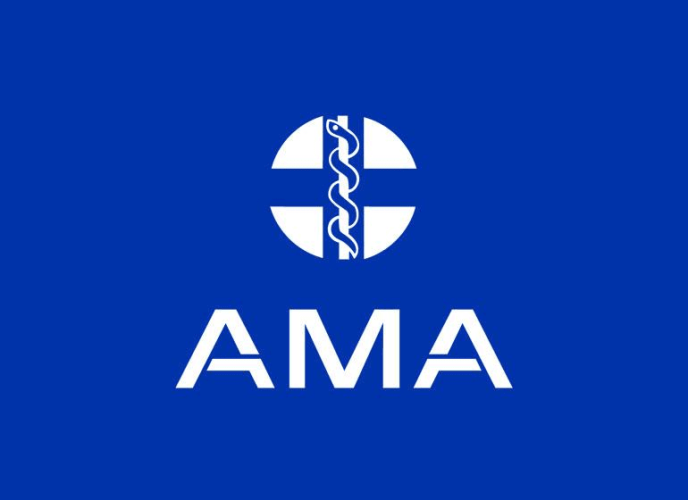Hidden waiting scandal, leaves patients in agony and adds to health system chaos

The Australian Medical Association says Australia’s “hidden waiting list” is a scandal that adds months and sometimes years to the time patients wait for essential surgery.
AMA President Professor Steve Robson today launched a new report Shining a light on the hidden waiting list, which highlights the unreported time it takes patients to see a specialist in public hospitals.
“These hidden figures are a scandal that affect hundreds and thousands of patients and impact a health system already in logjam, including general practice that has to deal with the pressure of looking after many of these patients in the meantime,” Professor Robson said.
“There are no reliable data on the time it takes a patient to see a specialist in a public hospital outpatient clinic after seeing their general practitioner, but we know it can be years,” he said.
“Elective surgery waiting times are reported nationally each year, but these numbers don’t reflect the time someone waits to see the specialist in an outpatient clinic. How can any system properly operate or be properly managed if we don’t know how many patients are waiting for care?”
“Patients, many of them in pain, aren’t just waiting years for surgery, sometimes they are waiting years just to see a specialist who can get them on the official surgery waiting list. During this wait, they often develop other health issues, such as mental health issues and diabetes, which further affects their quality of life and ends up costing the system more.
“It’s little wonder our health system isn’t coping when we are not counting the true number of people who desperately need care. It’s like counting emergency waiting room times without counting the hours someone is waiting in an ambulance to get into the waiting room.
“The only way we can fix our hospital system is by having total transparency on the number of people who are waiting for care — this means counting people from the time the general practitioner refers them to a specialist.
“How can we possibly know how many doctors, nurses and beds we need if we have inconsistent and unreliable data? We’ve been calling for years for public hospital waiting times to be published.”
Professor Robson said while the Australian Institute of Health and Welfare was working with jurisdictions to include outpatient waiting data, a national plan was needed now to address the backlog.
“We need a plan to tackle the backlog of patients because this backlog is adding to the number of people turning up in droves to GP practices and often out of sheer desperation to emergency departments.
“We need a plan, and we need immediate action to take pressure off our hospitals that are in crisis — including 50-50 funding and removal of the 6.5 per cent cap.”
Key statistics
-
In Victoria, a patient will wait more than 900 days for an urgent neurosurgery appointment (target 30 days)
-
In Queensland, a patient will wait more than 150 days for an urgent gastroenterology or rheumatology appointment (target 30 days).
-
For non-urgent appointments (target 365 days) in Queensland and Victoria, most specialities are not meeting the target. Waiting times for ophthalmology, orthopaedic, and plastic/reconstructive appointments are all more than 700 days in both states.
-
The average waiting time in Tasmania was 101.2 days for urgent patients (target 30 days).
Find out more on the AMA’s Clear the Hospital Logjam campaign website



